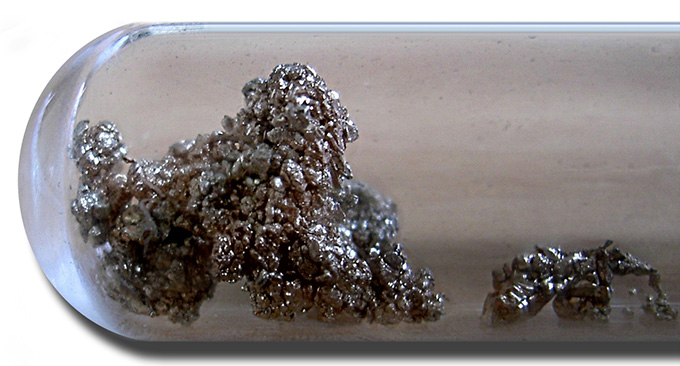A little known element is shedding light on the trade of transatlantic slaves. Researchers have collected a map of stontium, an element that occurs naturally, throughout the sub-Saharan Africa. These data can be compared to stontium levels measured in human waste to more accurately determine the geographical origin of individuals sold in slavery, the team reported on December 30 The communications of nature.
From the 15th to the 19th centuries, more than 12 million Africans were sold in slavery and sent to America and Europe. Large port cities like Lagos, Nigeria and Luanda, Angola, were ordinary points of departure from Africa, but the current origin of most enslaved people – that is, where they were born and increased – often lost in history. And while genetic evidence can reveal a person’s ancestry, it does not determine where someone grew.
This is where the metallic stontium enters. The geology of a country dictates its ratio of stontium isotopes, variations of element with different atomic weights. Stontium is easily involved in living things and can be found throughout the human body. “Interested in everything and everyone,” says Vicky Oelze, a biological anthropologist at the University of California, Santa Cruz.
Therefore researchers can study the ratios of stontium isotope on the residues of plants or animals to better understand where an organism came from. “Each organism holds the signature of its evolutionary environment,” says Lassané Toubga, an archaeologist at University Joseph Ki-Zerbo in Ouagadougou, Burkina Faso.
But such analyzes require many samples of land, plants or animals to create strontium isotope ratio maps. Oelze, Toubga and colleagues spent more than a decade collecting nearly 900 environmental samples from 24 African countries and combining those measurements with other published data to create a map of the sub-Saharan African stontium.
“This map represents the combined effort of over 100 collaborators from various disciplines, including archaeologists, botanists, zoologists and ecologists,” says study co -author Xueye Wang, an archaeologist at Sichuan University in Chengdu, China.

The team focused on Sub-Saharan Africa due to the importance of the area in the fields from archeology to conservation, where such data could be useful. Such a map can also help reveal the details about the trade of transatlantic slaves, researchers surprised it, as most people sold in slavery came from sub-Saharan Africa.
To prove that idea, the team collected published reports of the stontium isotope from the dental remains of 10 enslaved persons buried in Charleston, SC and Rio de Janeiro.
When the team compared them to their map, they were able to collect details about these individuals who were not previously known by genetic analysis. For example, two adult men named Daba and Ganda, interred in Charleston, were previously known to have the ancestry of West Africa, but the analyzes of stontium refined their geographical origin on the southwestern ivory coast, southern Ghana or eastern Guinea.
Homing in the place where a person came up is important to understand their identity, says Toubga. “Determining the geographical origin of slaves makes it possible to identify cultural and/or political groups to which they belonged.”
More environmental samples would help increase the spatial resolution of this map, says Murilo Bastos, a bioarchaeologist at the Brazili National Museum in Rio de Janeiro who was not involved in the research. But this job is already impressive, he says. “Is a great achievement.”
#African #map #stontium #sheds #light #origin #enslaved #people
Image Source : www.sciencenews.org